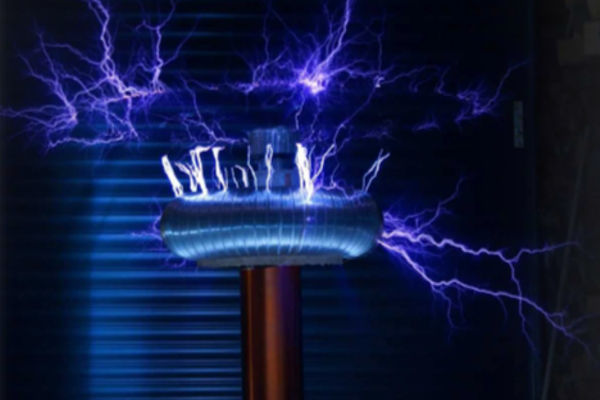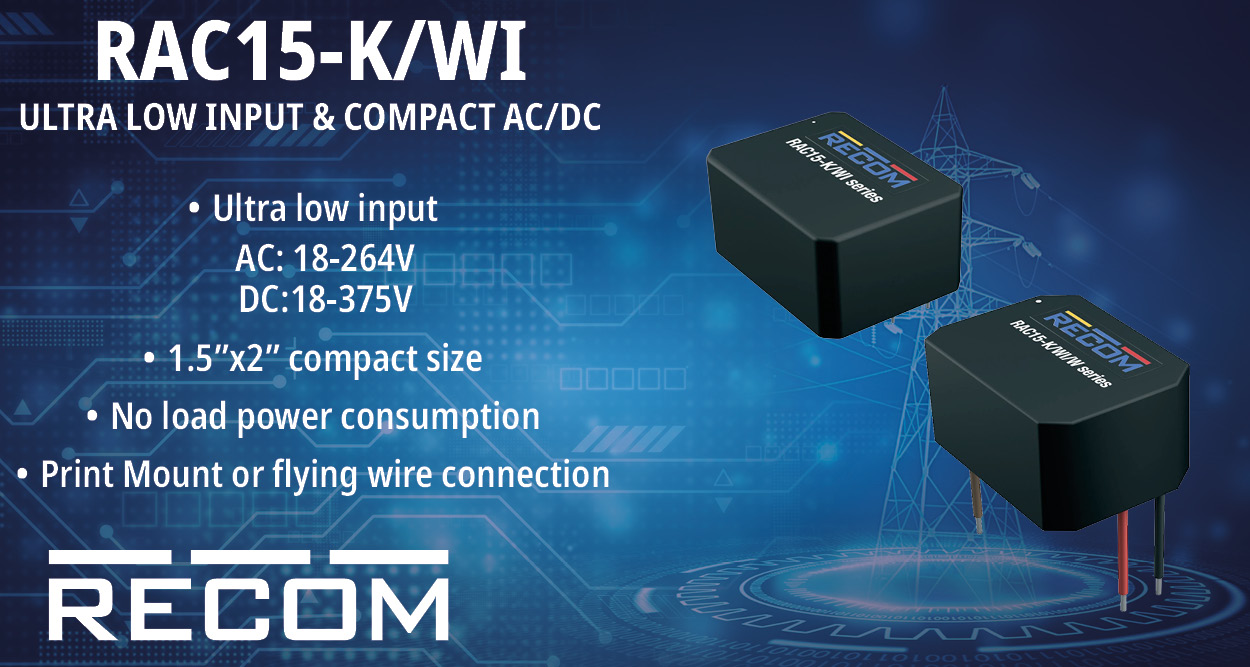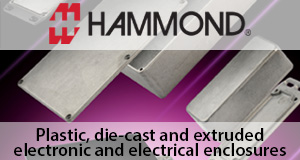Imagine charging your smartphone without plugging it in. Powering an electric car just by parking it. Running medical implants without invasive procedures. This isn’t science fiction—this is the promise of Wireless Power Transfer (WPT).
As the world races toward increased electrification, mobility, and convenience, the ability to transfer power without wires is becoming not just a convenience but a necessity. Wireless power is already in our lives—through induction cooktops, contactless charging pads, and RFID systems—but it’s poised for exponential growth as innovation accelerates.
In this blog post, we’ll explore what Wireless Power Transfer is, how it works, the key technologies behind it, major use cases, technical hurdles, and what the future holds.
What Is Wireless Power Transfer?
Wireless Power Transfer (WPT) refers to the transmission of electrical energy from a power source to an electrical load without physical connectors. This is typically achieved using electromagnetic fields—either through induction, magnetic resonance, or radio waves.
The core idea is to replace wired connections with electromagnetic interactions that can deliver power over a distance.
The main types of WPT are:
- Inductive Coupling (Near Field)
- Magnetic Resonant Coupling (Mid Field)
- Radiative/Radio Frequency Transfer (Far Field)
- Laser-based Power Transfer (Far Field)
Each method varies in range, efficiency, and applications. Let’s dive into them.
1. Inductive Coupling: The Workhorse of WPT
This is the most common and commercially successful WPT method, found in wireless charging pads for smartphones and electric toothbrushes.
How It Works:
- A primary coil in the transmitter generates an alternating magnetic field.
- A secondary coil in the receiver is placed nearby.
- The changing magnetic field induces an electric current in the secondary coil via Faraday’s Law.
Characteristics:
- Short range (millimeters to a few centimeters)
- High efficiency (up to 90% when well-aligned)
- Requires tight alignment between coils
Use Cases:
- Wireless phone chargers (Qi standard)
- Inductive charging for EVs
- Implantable medical devices
2. Magnetic Resonant Coupling: Extending the Range
Magnetic resonance allows power to be transferred over greater distances compared to simple inductive coupling.
How It Works:
- Both transmitter and receiver coils are tuned to resonate at the same frequency
- Energy is efficiently exchanged through resonant magnetic fields even if the alignment isn’t perfect.
Advantages:
- Greater spatial freedom
- Can charge multiple devices simultaneously
- Efficiency remains high over larger distances (centimeters to meters)
Limitations:
- More complex control and tuning
- Susceptible to interference from metal objects
Applications:
- Wireless power zones in homes/offices
- Industrial robotics
- Electric vehicle dynamic charging (while in motion)
3. Radiative WPT: Power Through the Air
Also known as far-field wireless power, this method uses electromagnetic radiation (microwaves or radio waves) to deliver power over long distances.
How It Works:
- A directional antenna transmits energy in the form of radio or microwave signals.
- A receiving antenna (rectenna) converts these signals back into usable electricity.
Characteristics:
- Capable of meter to kilometer-scale transmission
- Lower efficiency (20–40%)
- Line-of-sight required for high power transfer
Applications:
- Powering IoT devices in remote locations
- RFID tags and smart sensors
- Potential space-based solar power beaming
4. Laser-Based Power Transfer
This method involves converting electricity into a high-energy laser beam and directing it at a photoelectric receiver (like a solar cell).
Advantages:
- High power density
- Potentially very long-range (satellite to ground)
Challenges:
- Needs perfect alignment
- Laser safety concerns
- Atmospheric distortion
Laser WPT is still experimental but holds promise for space exploration and powering aerial drones continuously.
Key Components in a WPT System
A complete wireless power system includes several key building blocks:
- Transmitter Circuit: Converts DC/AC into high-frequency AC.
- Primary Coil or Antenna: Emits electromagnetic energy.
- Resonator Circuit: Tunes and amplifies energy (for resonant systems).
- Receiver Coil or Antenna: Captures the energy.
- Rectifier and Regulator: Converts received AC to usable DC.
Advanced systems may include feedback and control units to optimize power transfer in real-time based on distance, alignment, and load variations.
Applications of Wireless Power Transfer
The use cases for WPT span across industries, reshaping how devices operate, how energy is distributed, and how infrastructure is designed.
1. Consumer Electronics
- Smartphones, wearables, laptops
- Furniture-embedded charging zones
- Simplified waterproof designs (no ports needed)
2. Electric Vehicles
- Static charging: Park and charge pads
- Dynamic charging: Charging lanes for moving vehicles
- Fleet management for autonomous cars
3. Healthcare
- Implanted medical devices (pacemakers, insulin pumps)
- Reduced need for surgical replacement of batteries
- Safe and continuous power delivery
4. Industrial and Robotics
- Automated Guided Vehicles (AGVs) and warehouse robots
- No need for charging cables or downtime
- Increased uptime and automation
5. IoT and Smart Environments
- Sensors in hard-to-reach locations
- Maintenance-free operation with RF power harvesting
- Smart homes and cities with seamless power zones
6. Aerospace and Defense
- Spacecraft and UAV recharging via laser/microwave
- Tether-free power delivery for field operationsChallenges Facing WPT Technology
Challenges Facing WPT Technology
Despite its immense potential, WPT is not without technical and regulatory hurdles.
1. Efficiency Losses
Wireless systems are inherently less efficient than wired ones, especially at longer ranges or under misalignment. This results in energy waste and heat generation.
Wireless systems are inherently less efficient than wired ones, especially at longer ranges or under misalignment. This results in energy waste and heat generation.
2. Alignment Sensitivity
Inductive systems need precise coil alignment. Even slight misalignments can drastically reduce efficiency, making them unsuitable for dynamic environments.
3. Electromagnetic Interference (EMI)
High-frequency electromagnetic fields can interfere with other electronic devices or communication systems.
4. Thermal Management
Power losses can cause heating in coils and electronics, requiring thermal regulation especially in compact designs.
5. Safety and Regulation
WPT systems must comply with EMF exposure limits and frequency spectrum regulations. For example, laser-based WPT requires strict line-of-sight and safety protocols.
6. Cost and Standardization
Advanced WPT components—like resonant coils, high-frequency switches, and control circuits—are expensive. Lack of universal standards hinders mass adoption.
Standards and Protocols
Standardization is key to interoperability and safety in WPT.
- Qi Standard: Led by the Wireless Power Consortium, it governs inductive charging for consumer devices (phones, smartwatches).
- AirFuel Alliance: Focuses on resonant and RF-based charging systems.
- SAE J2954: Governs wireless charging for electric vehicles.
Standardized power levels, coil configurations, and communication protocols ensure that devices from different manufacturers can work together safely.
Future Directions and Innovations
The next decade promises major strides in WPT technology:
1. Smart and Adaptive Charging
WPT systems with AI and real-time sensing can adjust power delivery dynamically for optimal efficiency and safety.
2. Metamaterials and Magnetic Lenses
These engineered materials can manipulate electromagnetic fields, boosting range and efficiency.
3. Dynamic EV Charging Highways
Countries like South Korea and Sweden are piloting roads embedded with WPT coils to power vehicles in motion.
4. Energy Harvesting in IoT
Low-power sensors can harvest ambient RF or infrared energy, enabling battery-free operation for years.
5. Space-Based Solar Power
Massive solar arrays in orbit could beam power back to Earth via microwaves or lasers—ushering in a new era of global energy access.
Conclusion: The Untethered Era Has Arrived
Wireless Power Transfer is no longer a fringe concept—it’s a foundational technology for our increasingly mobile, interconnected, and electrified future.
From eliminating cables in your home to powering autonomous vehicles and medical devices, WPT opens up new possibilities for design, convenience, and functionality. While challenges remain in efficiency, safety, and scale, ongoing research and commercialization are rapidly closing the gap.
The ultimate goal? A world where power is as accessible and invisible as Wi-Fi. The cords are being cut—and with WPT, the flow of energy is truly going wireless.

















